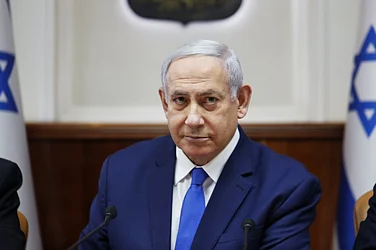Bangladesh has been grappling with violence and widespread unrest since July after thousands of students took to the streets to demand reform in the quota system. However, these protests, which started peacefully, soon turned into a pressing challenge for Prime Minister Sheikh Hasina and the ruling Awami League party.
A month after deadly unrest in the country allegedly killed over 300 people, anti-government protests fueled up overnight as people marched to the streets seeking justice for those who were killed and wrongfully detained.
Track the latest updates on Bangladesh Protests LIVE here with Outlook India
With the Bangladesh Army Chief now confirming Sheikh Hasina's resignation, here's a look at the timeline of events which led to the Bangladeshi PM's exit.
Bangladesh Protest: A Recap Of The Events
The protests began on July 1 with thousands of students calling for reform in the quota system for government jobs in Bangladesh.
Defying calls from now-former PM Hasina and the Supreme Court, students continued their demonstrations and demand for more merit-based recruitment for government jobs.
On July 16, the protests took a turn for the violent after students clashed with security officials and pro-government activists. The clashes led to tear gas shelling, firing of rubber bullets and an internet shutdown which would go on to last 10 days.
The violence on July 16 also prompted the closure of all banks, markets, garment factories and schools and colleges in the nation "until further notice".
The deadly unrest has resulted in the death of over 300 people. While official government record maintains that 150 were killed, local reports, as well as agency tallies by organisations such as AFP, have shared that the death toll stands above 300.
Following the unrest, the Supreme Court of Bangladesh on July 21 ordered the scaling back of the quota system, reducing the reservation for the war veterans quota from 30 percent to five percent. This SC order also paved the way for 93 percent of merit-based recruitment.
Following the top court's ruling and support from the Army, student protests began to taper off and internet connectivity and mobile services were restored after a 10-day shutdown.
However, students in Bangladesh remained irked by the court's decision to not abolish job reservations for children of war veterans.
On August 4, former Army chief General Ikbal Karim Bhuiyan urged the government to withdraw troops and condemned the killings during the protests last month. Army chief Waker-uz-Zaman also reiterated support for the protestors and stated that the armed forces “always stood by the people”.
On August 5, the 'Long March To Dhaka' was announced as anti-government protestors called for Sheikh Hasina's resignation. Shortly after the mass unrest, PM Hasina fled her official residence of Dhaka Palace and the country as she resigned from her role as the leader.
Army Chief Waker-uz-Zaman confirmed the Prime Minister's resignation shortly after protestors stormed into the official residence.
This is not the first time Bangladeshis have called for the resignation of Sheikh Hasina.
Earlier this year ahead of the general elections, protestors and opposition parties called for Hasina's resignation and accused her of being a dictator to the nation since 2009.
With Hasina now out as PM and the country, the Army is working towards forming an interim government to oversee diplomatic, economic and domestic affairs of the country.




















